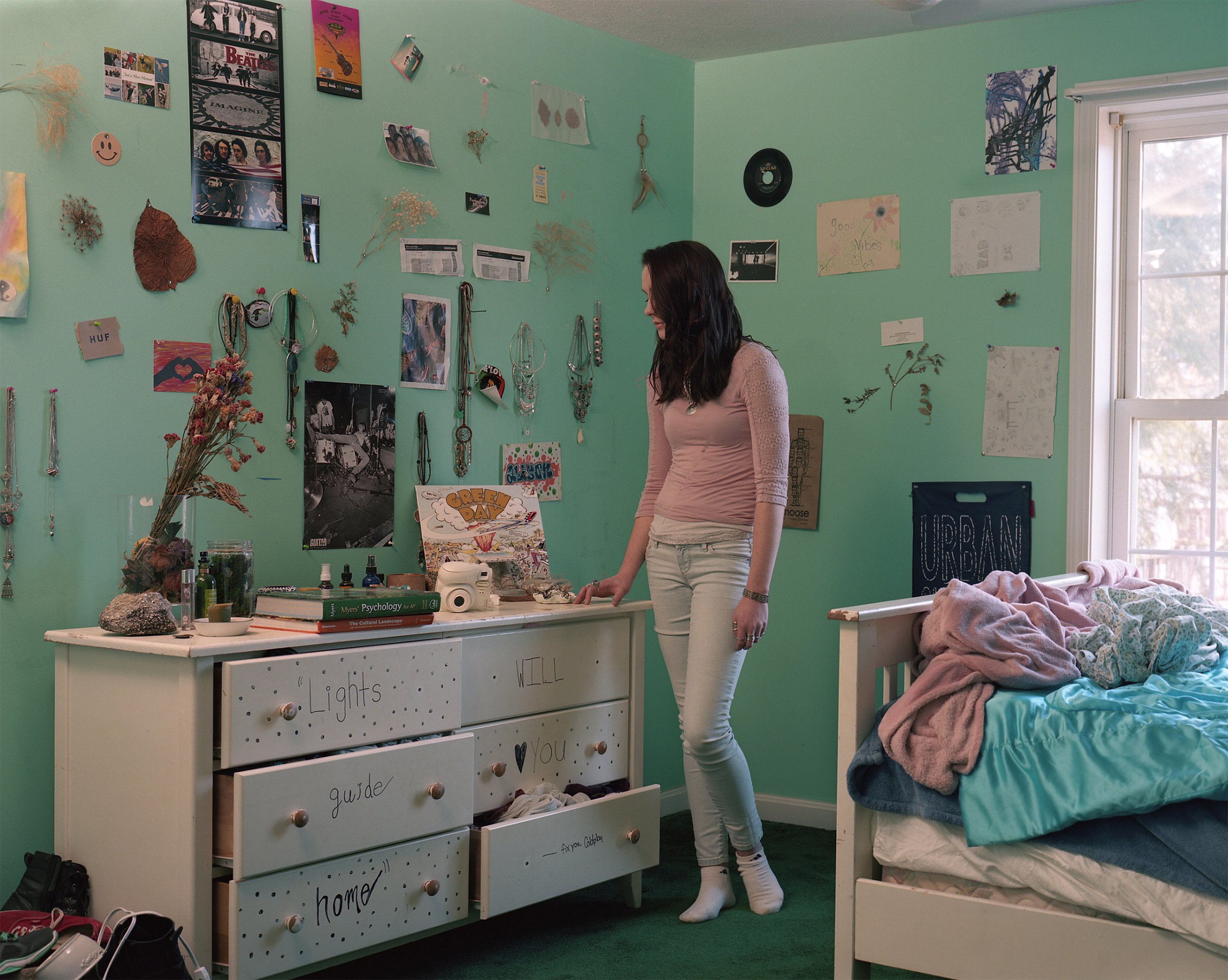
For the average adult, a teenager’s inner world can appear like a complex, impenetrable space; impossible to navigate and fraught with minefields. But for photographer Lise Sarfati, who shot TIME’s cover story on teen depression and anxiety, connecting with her young subjects’ psyche was not a problem. “My character is very close to adolescence, not in my age but in the way I see the world and I think the girls were very open to that,” Sarfati tells TIME. “I can see how it could have been very difficult if they didn’t feel me – but we had a really good connection.”
The three girls, Phoebe Gariepy, Alison Heyland and Faith-Ann Bishop, were all photographed in their homes, in environments “rich with information” about their personalities. And though each shoot was only an hour long, Sarfati and her subjects quickly created a space and time that belonged to just them. “Our relationship was psychological, emotional and playful,” she says.

The bigger challenge for Sarfati was creating a coherent story with three very different characters. “Faith stayed a mystery. Her environment was simple as she was living in a student apartment with a roommate. Alison lived with her father and she was very shy and very interesting. Phoebe was art-oriented so we easily connected.” She adds: “I like how these three adolescents are different but suddenly come together in the same story.”
Photographing adolescents is familiar territory for Sarfati, whose series The New Life captured the heart of American youth with an intensity and simplicity that is both accessible and exquisitely out of reach. In her cover shoot for TIME, Sarfati looked to unlock her subject’s minds and physical spaces to invite readers through an unguarded door, into an otherwise very private world.
Sarfati knew the context of the feature but was not told the girls’ full backstory prior to the shoot. “I’m sure this was so I wasn’t too influenced by it and so it didn’t dramatize what I was getting from the shoot,” says Sarfati. “It has to be more subtle, if the reader is to be able to investigate. It’s not about looking at a girl who has a sad face. It is more about what they have put up on their bedroom walls, how they relate to their own universe, what is in their environment, how they dress, how their body moves… This is more my field.”
The photographer was also careful to make sure the portraits didn’t fall into the trap of a “troubled teen” cliché. And despite the girls’ predilection to self-harm, depression and anxiety, the portraits have a certain calmness and inner strength, which sidesteps those stereotypes. “I didn’t want to make an illustration of the article,” says Sarfati. “I wanted the photographs to breath and to have the space to live their lives. I wanted to create a visual language about what meeting these girls in their own environment was really like. It was another world.”
Lise Sarfati is a French photographer who is based Los Angeles. Her work can be viewed here. Follow her on Instagram.
Myles Little, who edited this photo essay, is a Senior Photo Editor at TIME.
Alexandra Genova is a writer and contributor for TIME LightBox. Follow her on Twitter and Instagram.
Follow TIME LightBox on Facebook, Twitter and Instagram.
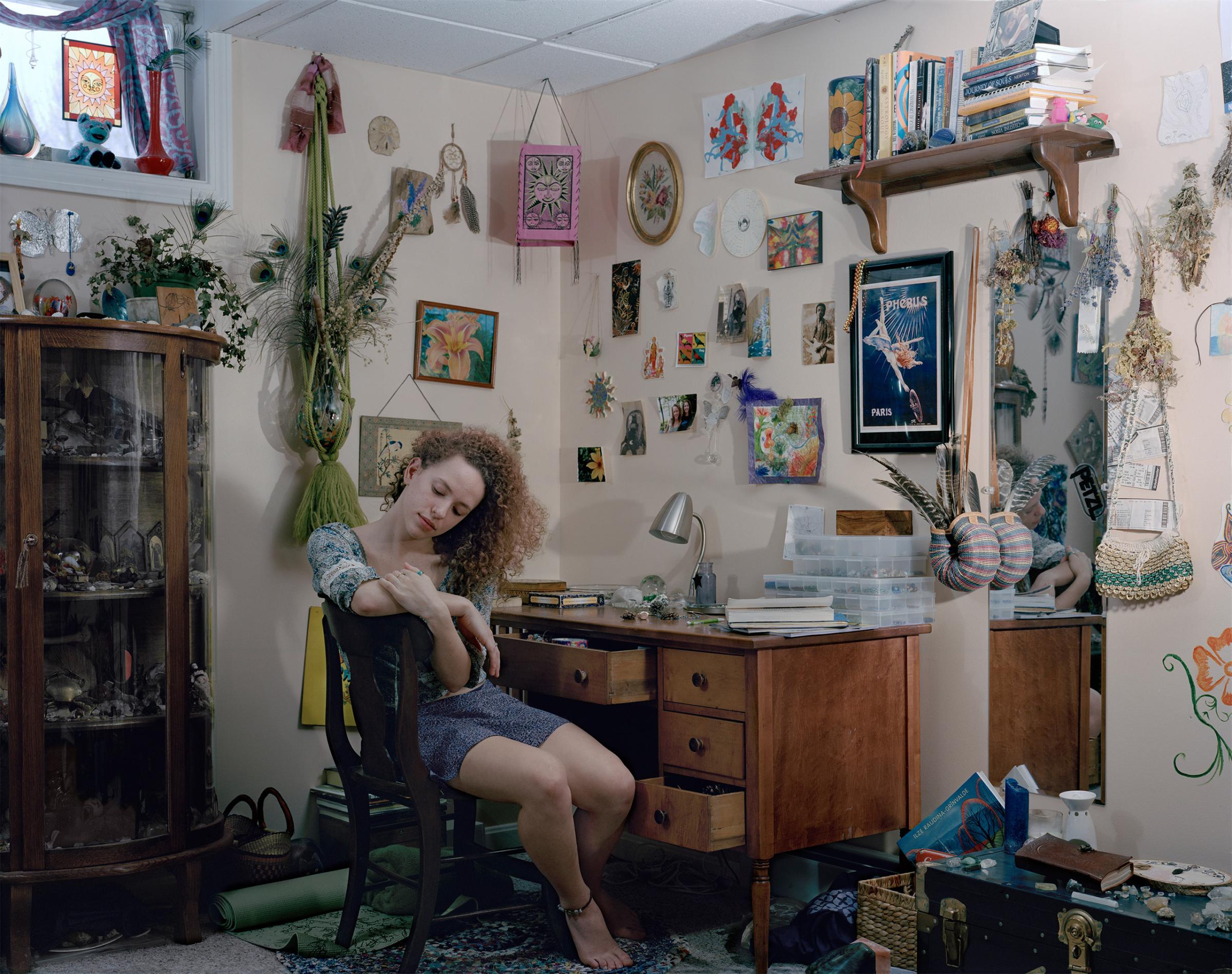
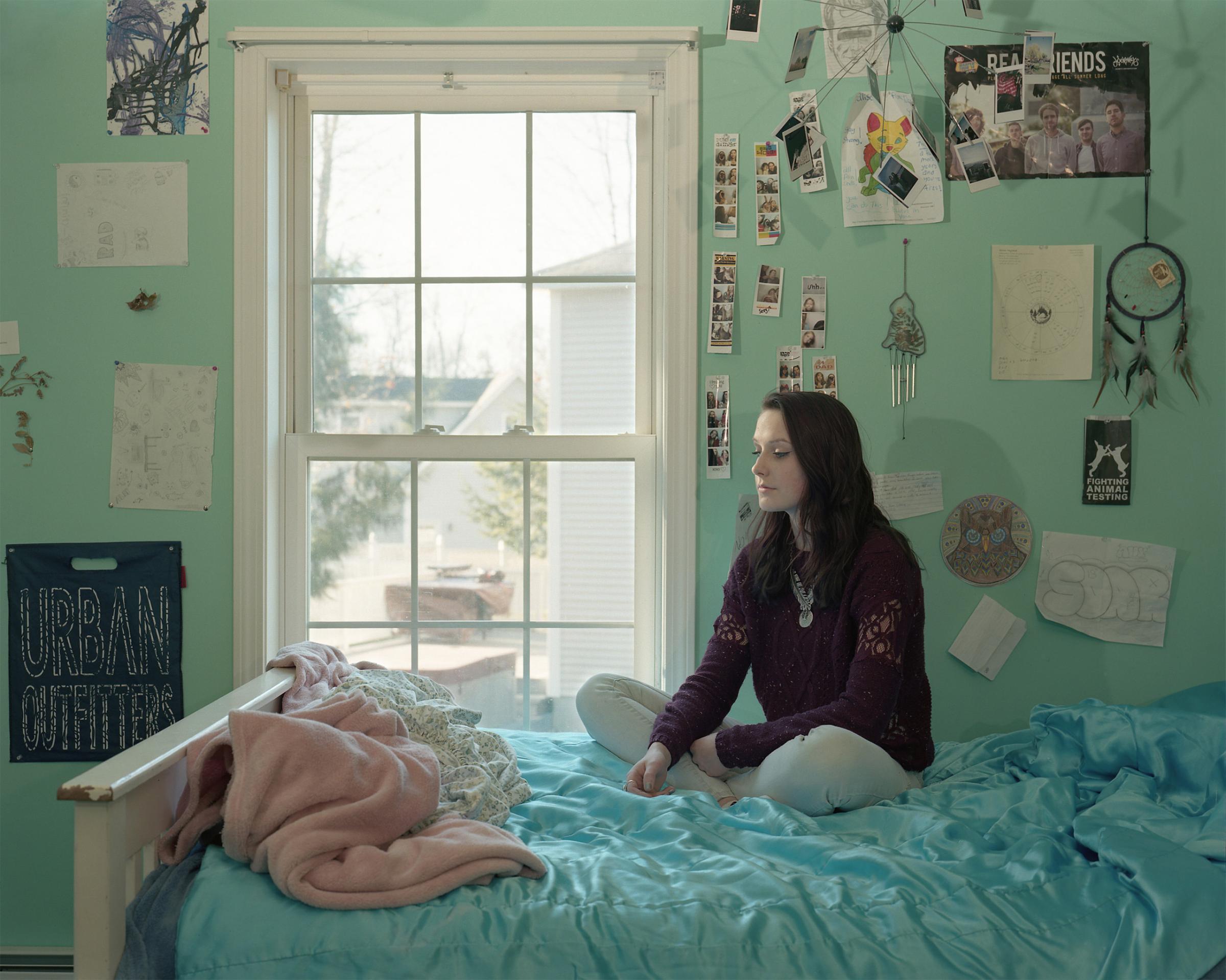
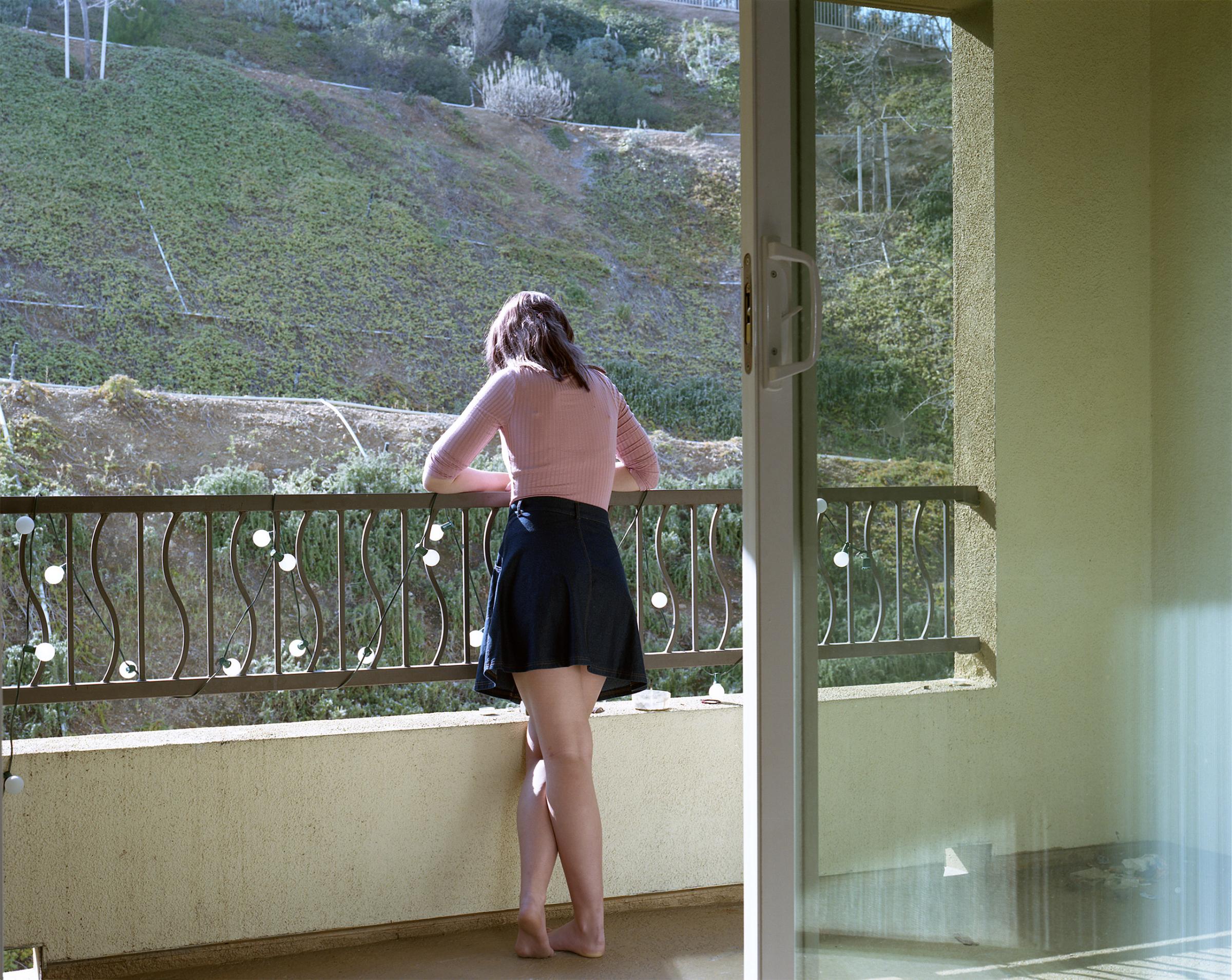



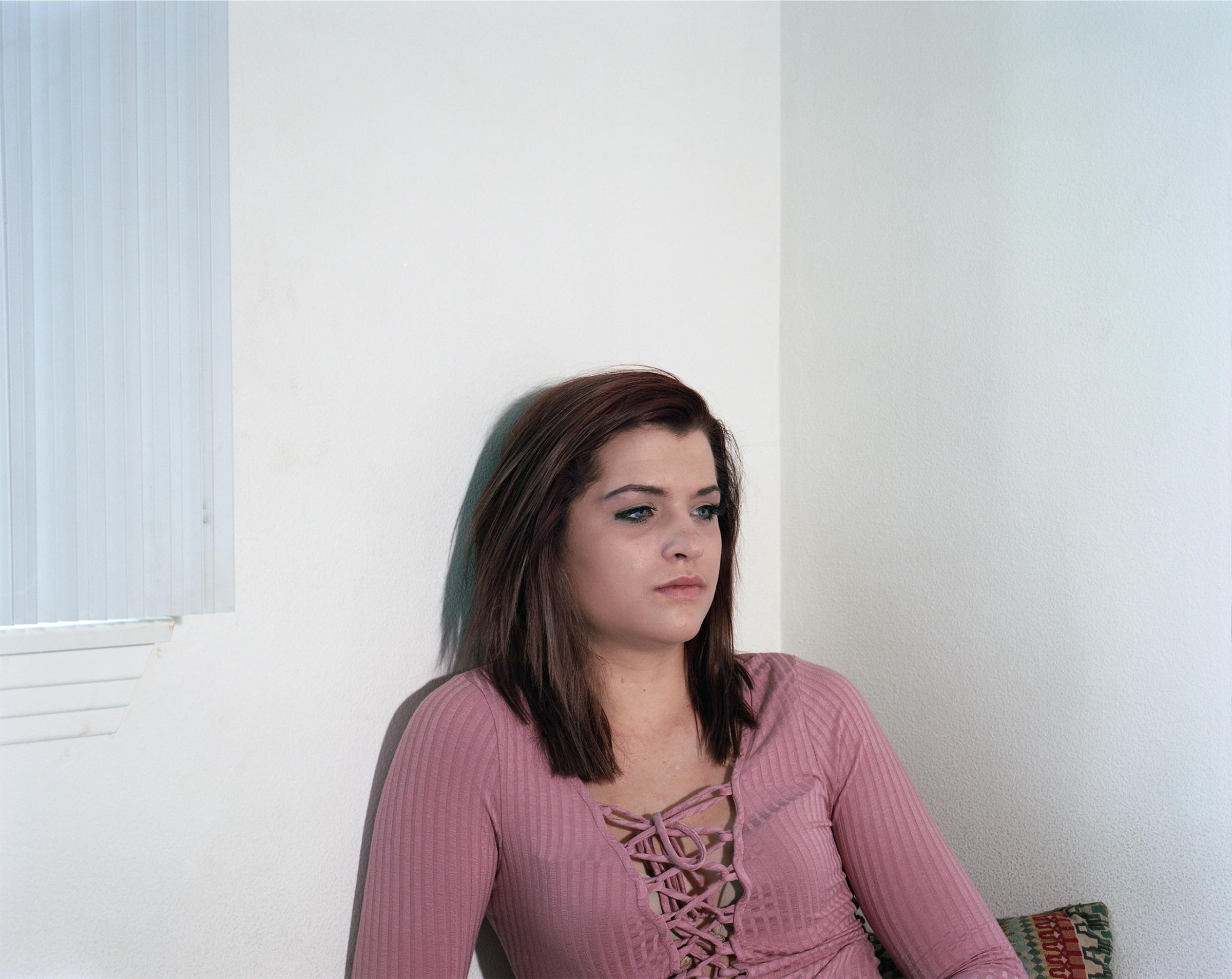
More Must-Reads from TIME
- Cybersecurity Experts Are Sounding the Alarm on DOGE
- Meet the 2025 Women of the Year
- The Harsh Truth About Disability Inclusion
- Why Do More Young Adults Have Cancer?
- Colman Domingo Leads With Radical Love
- How to Get Better at Doing Things Alone
- Michelle Zauner Stares Down the Darkness
Contact us at letters@time.com